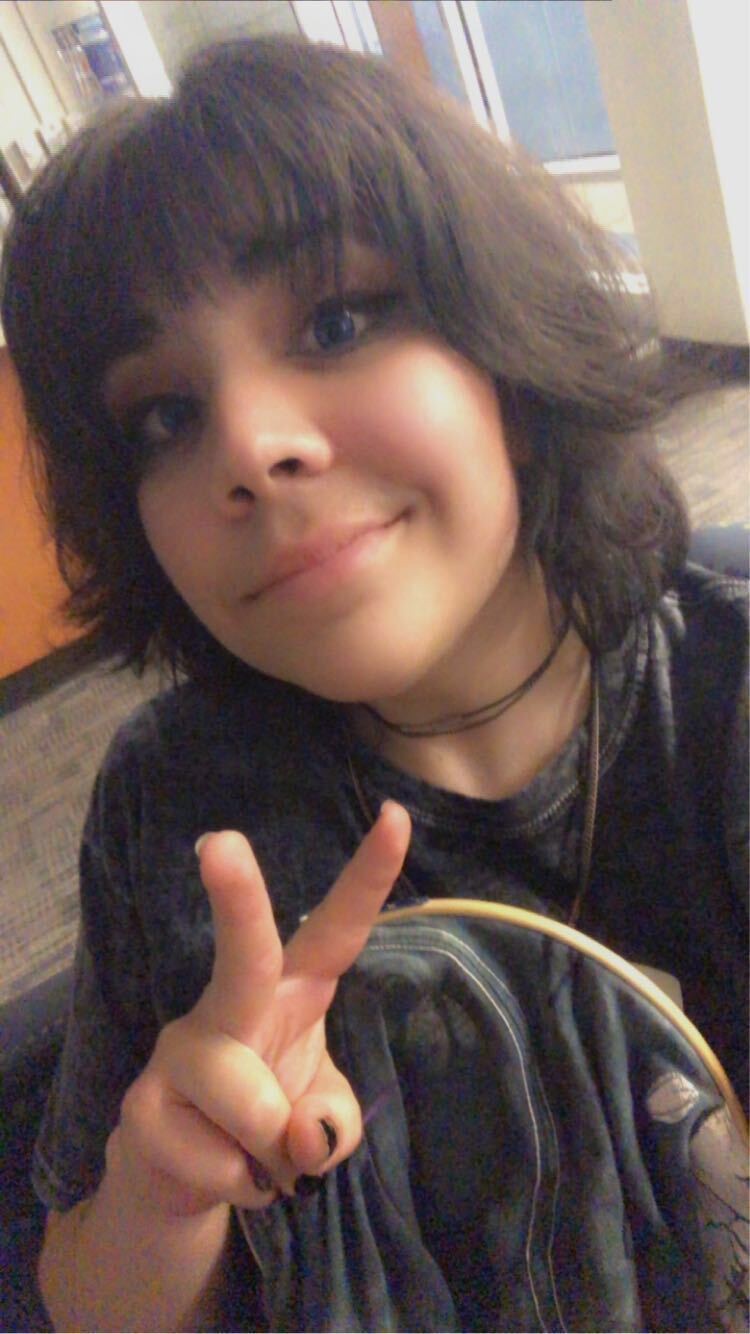LGBTQIA+ representation in the media has been steadily increasing over the years, bringing queer people to the forefront of movies and television shows less as token characters and stereotypes and more as the complex people they are. While at face value this is great news, there are still many flaws when you look closer, including the lack of queer characters of color and characters that fall within certain LGBTQIA+ orientations.
One such demographic in the latter category is asexuality, otherwise known as the “A” in LGBTQIA+. Such an underrepresented community is asexuality that many people incorrectly believe that the “A” stands for “ally.” Given that we still do not see as many spaces for real asexual people within queer communities, it is no surprise that there’s a shortage of fictional people who identify under the asexual “umbrella.”
According to a report put together by the Gay & Lesbian Alliance Against Defamation (GLAAD), in 2021-2022, there were a grand total of two “unique asexual characters across broadcast, cable and streaming services.” In their 2022-2023 report, that number had increased to eight. While it is exciting to see the number of asexual characters growing, the fact that the number is still in the single digits as of last year is not something to ignore.
There are plenty of people who would argue that there are simply too many identities to demand for equal representation in media— especially representation for one that just means one does not want to have sex.
While I cannot speak on behalf of the entire asexual community, I can speak as someone who did not understand a lot about asexuality until their late teen years (and did not begin to identify with the term until several years into college). Having asexual representation within both queer and mainstream media is important for the same reasons that having gay or lesbian representation is important: to bring awareness and acceptance to the community and to give asexual people a chance to see ourselves reflected within a movie or television show.
The most recent and mainstream development in asexual representation in media is in Netflix’s “Heartstopper,” in which one of the main characters, Isaac, begins to explore and accept his own asexual identity in season two. During this arc, he experiences confusion, uncertainty and even anger as he tries to figure out why he does not experience the same feelings that his friends do. Suddenly, hundreds of asexual people, especially young people, could see our own experiences reflected in a way that is respectful and relatable.
Even with these strides in representation, there is still an extreme emphasis on physical attraction as one of the most important things in a relationship— sometimes, a piece of media can make it seem like sex is the only thing that matters in the relationship entirely. This not only leaves asexual people out of the relationship dynamic, but it also pushes asexuality further from the minds of other people outside of the community.
From saying that asexuality means that something is “broken” or “wrong” to simply denying its existence, asexual people still experience ostracization from not only straight people but also other queer people because the idea of not experiencing sexual attraction is not one they can comprehend, even hypothetically. Having representation within different forms of media not only normalizes asexuality for the general public but also shows asexual people that their identity is real and valid, just like everyone else’s.
